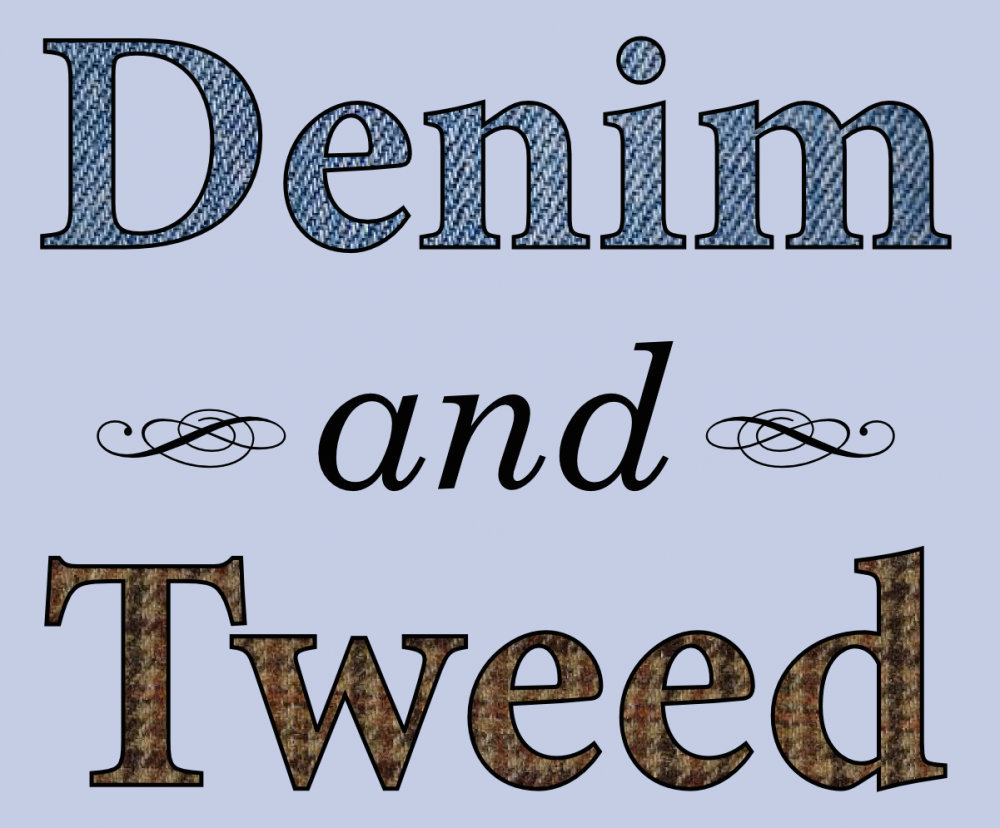![]() Birds are bad at monogamy. There are a number of good evolutionary reasons to cheat on your mate, and it’s not clear which one is the most likely explanation. A new study of American crows, however, suggests that, for females, cheating isn’t necessarily the best choice [$-a].
Birds are bad at monogamy. There are a number of good evolutionary reasons to cheat on your mate, and it’s not clear which one is the most likely explanation. A new study of American crows, however, suggests that, for females, cheating isn’t necessarily the best choice [$-a].
Avian infidelity isn’t obvious, because many birds are socially monogamous, forming couples for one or more breeding seasons to raise chicks. However, DNA-based paternity testing has overturned this intuition — a 2002 review of such studies [PDF] estimated that “cheating” occurs in 90% of bird species, and an average of 11% of chicks are “illegitimate.”
The biological term for this non-monogamy is “extrapair copulation,” often abbreviated to EPC. Evolutionary reasons for EPC behavior break down by which parent benefits from the cuckoldry: Females benefit if EPC means their chicks will be less inbred, which can make them less prone to disease or recessive genetic disorders. Males benefit if EPC means they will have more chicks than they would otherwise. Perhaps more importantly, EPC might impose real costs on females, if it leads mated males to invest less in caring for the chicks in their nests because they can’t be sure the chicks are theirs [PDF].
In the new study, Townsend et al. evaluated the costs and benefits of EPC for female American crows, which have a social structure that adds a twist to the cost-benefit analysis. Mated pairs of crows live in larger family groups, which include “auxiliary,” unmated males who may help feed and protect chicks — perhaps especially if those chicks are the result of their own EPC. Females also engaged in EPC with males from outside the family group, who should be less closely related than within-group males, and whose chicks would be more genetically healthy than those sired by any within-group male, mated or not.
Townsend et al. observed several such family groups over four years, using DNA fingerprinting methods to identify the parents of chicks as they were born, and tracking the chicks’ health and survival as well as how frequently mated crows and auxiliary males tended them. Contrary to what might have been expected, chicks produced by EPC were more, not less, inbred; they didn’t grow faster or have a higher probability of survival than chicks produced by mated parents. On the other hand, cuckholded males tended chicks sired by others as often as they did their own.
The most telling result is that broods containing chicks produced by EPC were more frequently tended by auxiliary males — but only when the EPC was with a within-group male. This suggests that EPC mainly benefits male crows, not females. From a mated female’s perspective, EPC produces chicks that are less genetically fit, and no more or less likely to survive, than chicks sired by her mate. On the other hand, an unmated male can only have offspring through EPC, and if he does, it makes sense for him to give them extra assistance. Males from outside the family group don’t stick around to offer that help, but auxiliary males from within the group can, and do.
References
Arnqvist, G., & Kirkpatrick, M. (2005). The evolution of infidelity in socially monogamous passerines: The strength of direct and indirect selection on extrapair copulation behavior in females. The American Naturalist, 165 (s5) DOI: 10.1086/429350
Griffith, S.C., Owens, I.P.F., & Thuman, K.A. (2002). Extrapair paternity in birds: A review of interspecific variation and adaptive function. Molecular Ecology (11), 2195-212 : 10.1046/j.1365-294X.2002.01613.x
Townsend, A., Clark, A., & McGowan, K. (2010). Direct benefits and genetic costs of extrapair paternity for female American Crows (Corvus brachyrhynchos). The American Naturalist, 175 (1) DOI: 10.1086/648553












